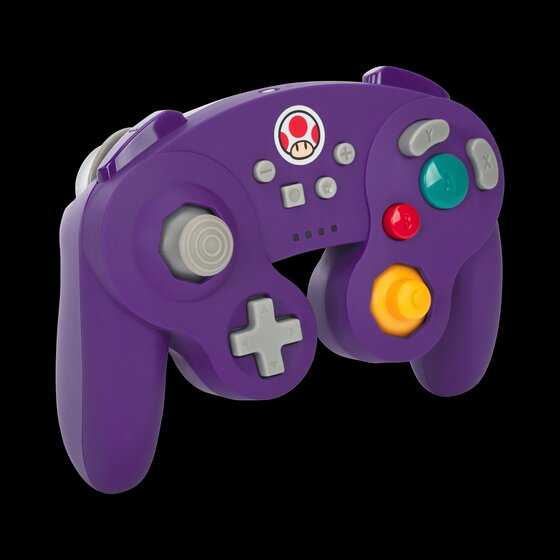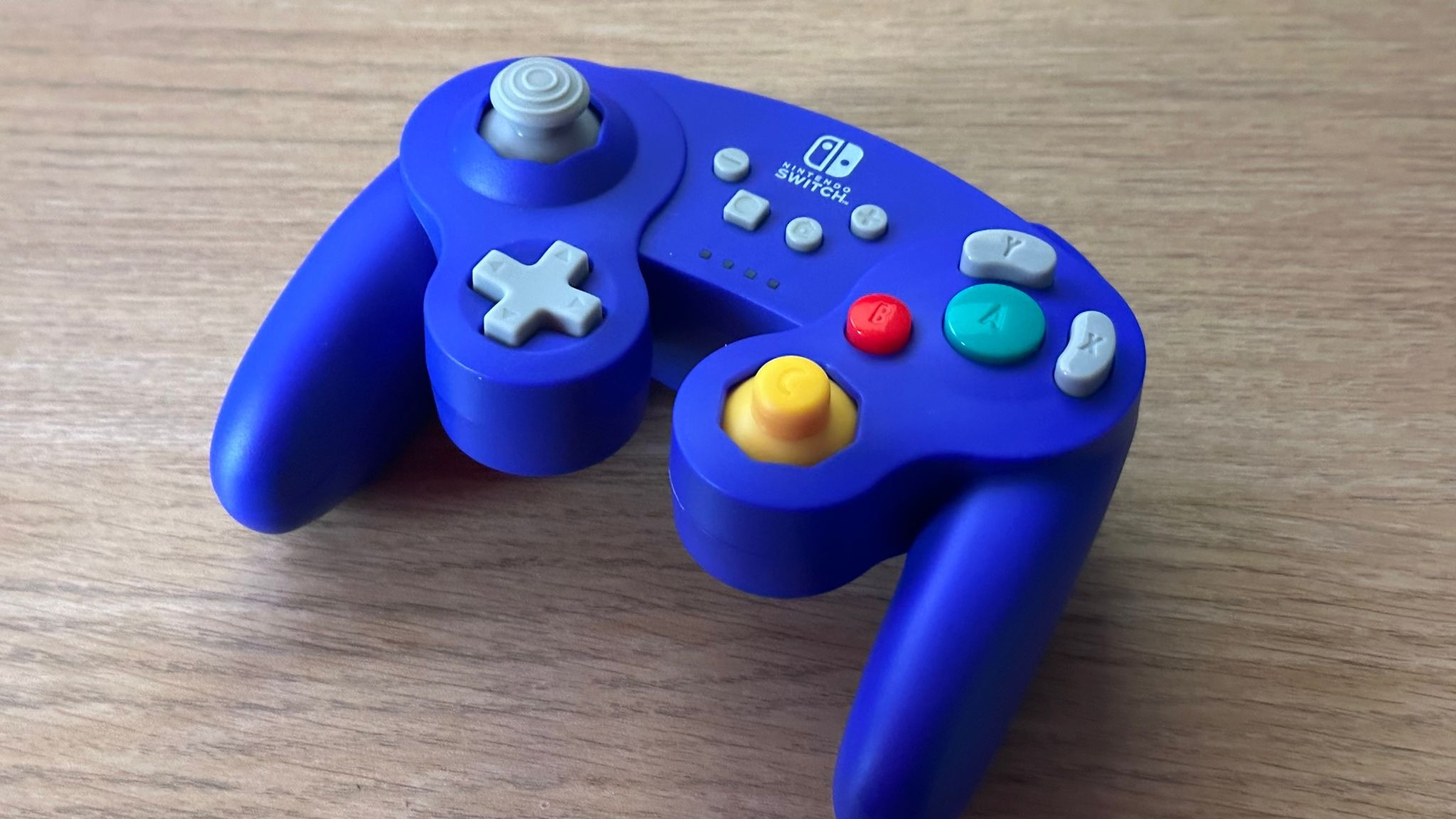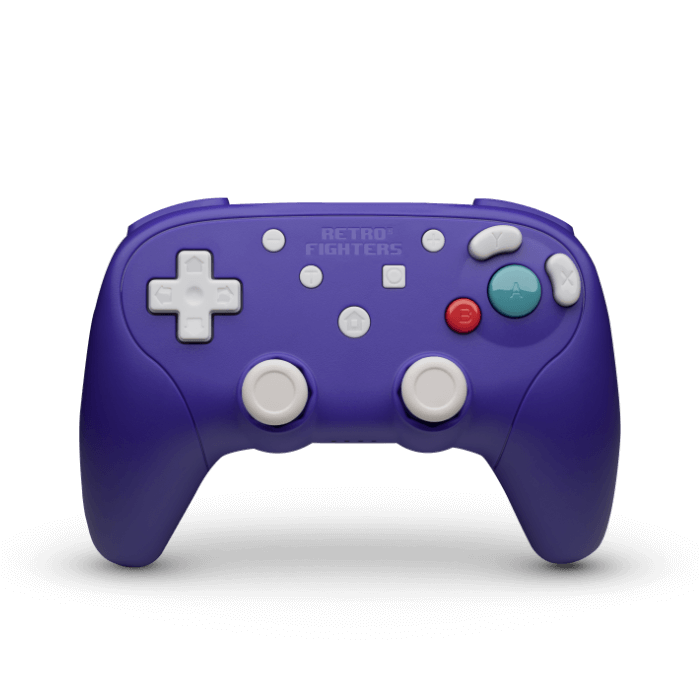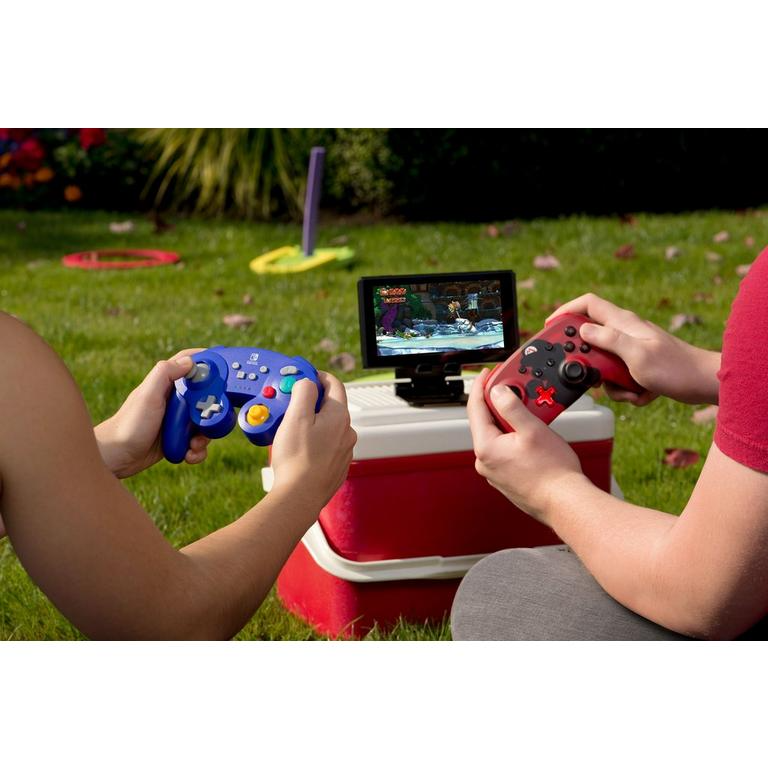In the realm of gaming, few controllers have left as lasting an impression as Nintendo’s GameCube controller. With its distinctive design and ergonomic comfort, it became a favorite among gamers during the early 2000s. Today, in an ode to nostalgia and functional excellence, Nintendo has brought this cherished peripheral back to life for the modern era through compatibility with their latest console, the Nintendo Switch. This integration not only celebrates the GameCube’s legacy but also introduces a new generation of gamers to its unique handling.
The Timeless Design Revisited
Ergonomics Meets Nostalgia
The Nintendo Switch GameCube controller retains the iconic shape and button layout that defined its predecessor. Its compact body, with its comfortable grip and offset analog sticks, is designed to fit naturally in a wide range of hand sizes, providing an unparalleled level of control and comfort. The large A-button, surrounded by the smaller B, X, and Y buttons, creates a layout that feels instantly familiar to those who grew up with the GameCube, while also inviting newcomers to experience its intuitive design.
Compatibility and Connectivity
Bringing the Past to the Present
While the Switch primarily promotes its Joy-Con controllers and the Pro Controller, the inclusion of GameCube controller support is a nod to Nintendo’s rich gaming heritage. Connecting via the Nintendo Switch’s USB adapter, originally designed for use with Super Smash Bros. Ultimate, these controllers can be used to play a variety of Switch titles, enhancing the retro gaming experience. This compatibility extends beyond just fighting games, making it possible to enjoy platformers, adventure games, and more with a controller that many consider a classic.
Enhancing the Gameplay Experience
Precision and Control in Modern Titles
The GameCube controller’s sturdy build and precise controls make it particularly suited for games that require intricate inputs and split-second reactions. Its analog sticks, known for their resistance and accuracy, provide a level of control unmatched by many contemporary controllers when it comes to games like platformers or racing titles. The C-stick, a smaller joystick on the right side, offers nuanced camera control or character movement, adding another layer of depth to gameplay.
Nostalgia Factor and Competitive Play
A Link to Gaming’s Golden Era
For many gamers, using a GameCube controller on the Switch is about more than functionality; it’s about revisiting cherished memories and reconnecting with the games that defined their childhood. The emotional attachment to this controller runs deep, especially among those who honed their skills playing Super Smash Bros. Melee. In competitive scenes, the GameCube controller remains a popular choice due to its precision and familiarity, making it a symbol of both nostalgia and competitive prowess.
Customization and Collectibility
Personalizing Your Gaming Experience
Recognizing the demand for customization, third-party manufacturers have jumped at the opportunity to create unique variations of the GameCube controller for the Switch market. From vibrant colors to themed designs inspired by popular game franchises, these controllers cater to collectors and enthusiasts looking to personalize their setup. Custom buttons, stick grips, and even modded controllers for performance enhancements are also available, showcasing how a classic design can be adapted to suit individual preferences.
Limitations and the Quest for Perfection
The concept of “Limitations and the Quest for Perfection” can be intriguingly applied to the context of using a GameCube controller on the Nintendo Switch, a modern gaming console. Here’s how:
Limitations
Compatibility
While the Nintendo Switch does support the use of GameCube controllers through an official adapter, this compatibility is not universal. It’s primarily designed for use with Super Smash Bros. Ultimate and might have limited functionality with other games. This limitation restricts players from fully enjoying the Switch’s diverse library with their preferred controller.
Design Mismatch
The GameCube controller, originally designed for the GameCube console (released in 2001), may lack features present in more recent controllers like the Nintendo Switch Pro Controller. For instance, it doesn’t have a built-in home button, capture button, or advanced motion controls, which can limit navigation and gameplay experiences in certain Switch titles.
Wireless Limitation
Unlike the Switch Pro Controller, original GameCube controllers require a wired connection via an adapter. This can limit mobility during gameplay, especially for games that benefit from a wireless experience.
Ergonomics and Comfort
Gaming preferences and ergonomics have evolved since the GameCube era. Some players may find the GameCube controller less comfortable or less suited to extended play sessions compared to more contemporary designs tailored to fit a wider range of hand sizes and playing styles.
Quest for Perfection
- Adaptation and Innovation: Gamers and modding communities often seek ways to overcome these limitations. Custom adapters, firmware hacks, or third-party solutions might emerge to enhance compatibility or add missing functions like wireless connectivity to GameCube controllers.
- Nostalgia and Performance: For many gamers, the GameCube controller represents a nostalgic link to their past gaming experiences, especially within the fighting game community where its design is highly regarded for precision inputs. The quest for perfection here isn’t just about technical advancements but also preserving the feel and performance that made the controller iconic.
- Customization: Some enthusiasts modify their GameCube controllers with new parts, improved buttons, or personalized aesthetics to suit their preferences and enhance performance, thereby pushing the boundaries of what the controller can offer on the Switch.
- Game-Specific Optimization: Developers, recognizing the popularity of GameCube controllers among certain player segments, might optimize their games specifically for this input method. This could involve mapping controls creatively to compensate for missing buttons or enhancing compatibility in future updates.

In summary, while using a GameCube controller on the Nintendo Switch presents several limitations, the pursuit of gaming perfection often involves embracing these constraints and finding creative solutions to enhance the experience. This quest highlights the blend of nostalgia, innovation, and adaptability that characterizes the gaming community.
A Bridge Between Generations
Uniting Gamers Through a Shared Love
The Nintendo Switch GameCube controller compatibility serves as a bridge connecting the past and present, uniting gamers across generations. Younger players can now appreciate the design philosophy and craftsmanship that went into creating a controller that has stood the test of time, while veteran gamers can relive cherished moments with a tangible piece of gaming history. It’s a testament to Nintendo’s commitment to preserving its legacy while embracing innovation.
Conclusion
In conclusion, the integration of the GameCube controller with the Nintendo Switch is a delightful blend of nostalgia and practicality. It not only showcases the timelessness of great design but also highlights the versatility of the Switch platform. Whether you’re a seasoned player or a newcomer to the world of gaming, the GameCube controller offers a unique and enriching way to experience both classic and modern titles, solidifying its status as a cherished piece of gaming hardware.




